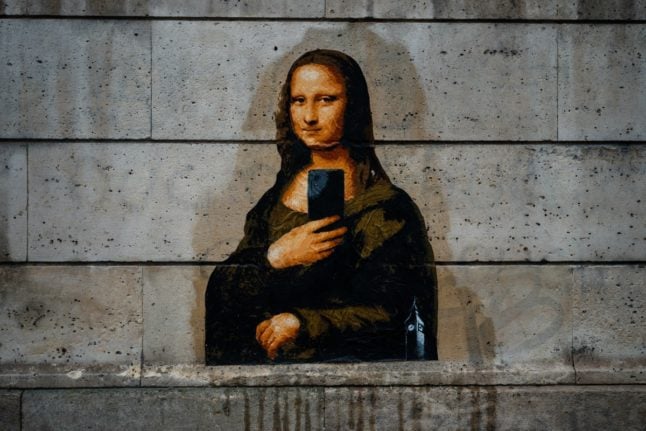“No one should dictate who you are,” declared 20-year-old Eve Gilles, who was the only contestant in this year’s competition whose hair was cropped short.
“We’re used to seeing beautiful Misses with long hair, but I chose an androgynous look with short hair,” she said after her victory Saturday night, adding that every “woman is different, we’re all unique.”
The woman from a village near Dunkirk in northern France was elected in the city of Dijon in front of 5,000 pageant fans.
Half the score was determined by viewers, the other half by a jury of seven women.
On social media, many viewers reacted with delight, batting down criticism that portrayed her selection as politicised.
“Maybe the new #MissFrance isn’t gorgeous in your eyes, but seeing wokeism in her because she has short hair…. It’s just ridiculous,” said one admirer of the new Miss France on X.
“Eve Gilles is the new Miss France 2024, your malicious and useless criticisms won’t change that, she’s sublime,” said another X user.
‘Just as sexist’
Gilles’s victory comes less than a week after a court ordered a French broadcaster and television production house to compensate two previous Miss France finalists for secretly filming them and showing their bare breasts on air.
Both women, the court found, had been filmed in changing rooms “without their being informed”.
Alexia Laroche-Joubert, chief executive of Banijay France which owns the Miss France brand, defended the pageant as a symbol of “success” and a “social elevator” for contestants who have later become “businesswomen, doctors or film directors”.
The contest’s criteria have been “modernised”, she said, in that there is no longer an age limit for participants, who can now also be married or transgender.
READ ALSO: Why do millions of French people still watch ’embarrassing and old-fashioned’ Miss France contest?
To critics, however, the pageant’s evolution has been insufficient.
Melinda Bizri of the Human Rights League in Dijon, which called for a boycott of the ceremony, called the cosmetic changes “feminist-washing.”
“Women have been abusing themselves all their lives to achieve these phantasmagorical criteria, according to patterns that take a very long time to deconstruct,” she said.
“Miss France is still just as sexist in the way it classifies women according to beauty criteria,” added Violaine de Filippis, spokesperson the for Dare Feminism! association.




 Please whitelist us to continue reading.
Please whitelist us to continue reading.
Member comments